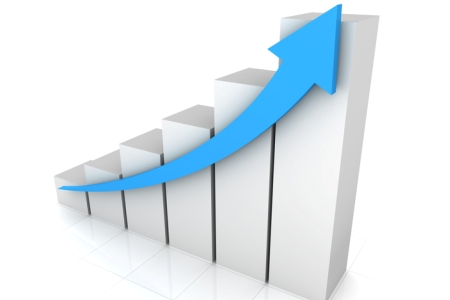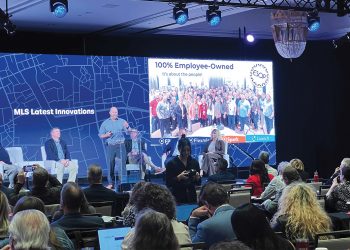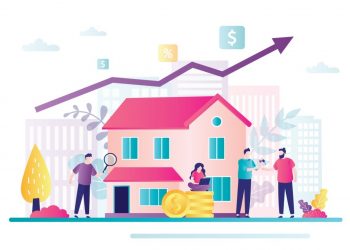The August 2016 Survey of Consumer Expectations shows an increase in both short-term and medium-term inflation expectations. In particular, the median year-ahead inflation expectations reached its highest level of the year. Median expected household income growth also increased (for the third month in a row) to its highest level since May of 2015. Labor market expectations were mixed: Expectations about finding a job and earnings growth both improved, but the perceived probability of losing a job and expectations about the unemployment rate both increased slightly.
Median year-ahead inflation expectations rebounded from 2.5 percent in July to 2.8 percent in August, the highest measure of the year. Median inflation expectations at the three-year ahead horizon also increased, from 2.5 percent in July to 2.7 percent in August. This increase in both time-horizons was consistent across age, education and income groups.
Median one-year home price expectations remained steady at 3.3 percent. Median year-ahead gasoline price change expectations declined from 4.9 percent in July to 4.6 percent in August, their lowest level since January of this year. Expectations for changes in the price of food and rent both increased by 0.2 percentage points, to 4.8 percent and 5.7 percent respectively. The median expected change in the cost of medical care increased slightly by 0.1 percentage point to 9.3 percent. Expectations about changes in the price of a college education rose from 6.8 percent in July to 7.3 percent in August, the highest level since November of 2015.
Median year-ahead expected earnings growth rebounded in August, increasing to 2.4 percent from 2.2 percent in July. The increase was driven mostly by higher income and middle-aged (40 to 60) respondents. Median uncertainty about year-ahead earnings growth increased slightly, to a level not seen since January 2015.
The mean perceived probability of losing one’s job in the next 12 months increased slightly from 15.0 percent in July to 15.2 percent in August. The mean probability of leaving one’s job voluntarily in the next 12 months rose from 21.0 percent to 23.4 percent. Both increases were led by respondents older than 40 years, but the increase in leaving one’s job voluntarily was especially notable among lower-income respondents.
The mean perceived probability of finding a job (if one’s current job were lost) increased 0.2 percentage points from last month to 53.5 percent, approaching the average value observed over the past year.
The mean perceived probability that the unemployment rate will be higher one year from now increased from 37.5 percent to 39.5 percent, its highest value since March 2014.
Median expected household income growth continued to increase for the third month in a row, rising to 2.9 percent, up from 2.8 percent in July and 2.4 percent in May. This is the highest level recorded since May of 2015. The increase was driven by younger (under 40) and lower income and education respondents.
Median household spending growth expectations decreased to 3.3 percent from 3.8 percent in July, breaking the upward movement observed since March 2016. This decline was driven by respondents older than 40 and those with lower income.
Respondents were slightly more pessimistic about perceived (over the past 12 months) and expected (over the coming 12 months) credit availability. The average perceived probability of missing a minimum debt payment over the next three months decreased slightly to 13.9 percent from 14.1 percent in July, but remaining well above average 2015 and 2016 levels.
The mean perceived probability of a higher average year-ahead interest rate on savings accounts decreased 0.1 percentage points in August to 28.7 percent, continuing the downward trend that started in December 2015.
Respondents felt worse about their current household financial situation in August compared to July, but they were slightly more optimistic about their year-ahead prospects. The proportion of respondents who feel to be financially worse off (compared to year ago) increased by 1.6 percentage points to 23.9 percent, while the proportion of respondents who expect to be financially better off in a year (compared to today) increased by 1.3 percentage points to 37.4 percent.
For more information, visit www.newyorkfed.org.











